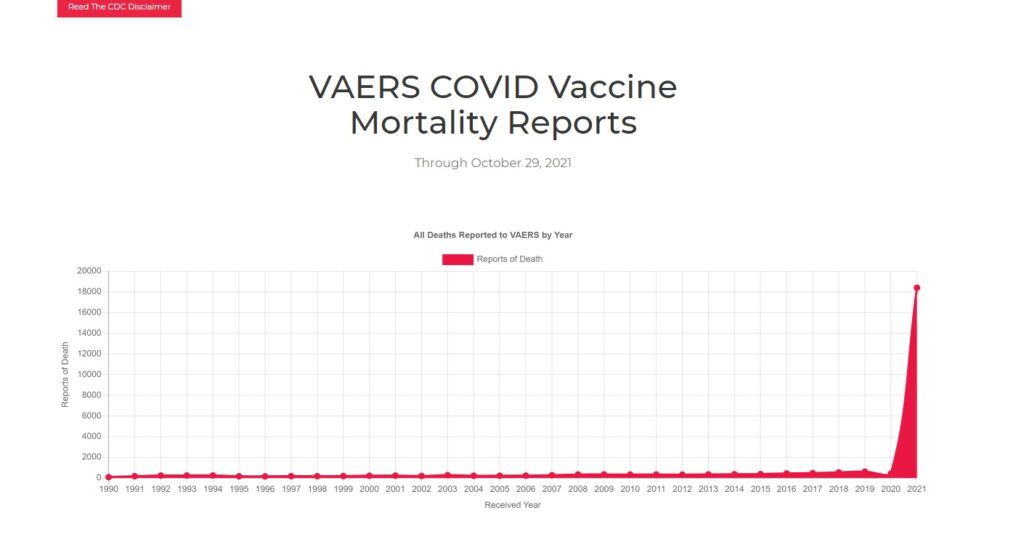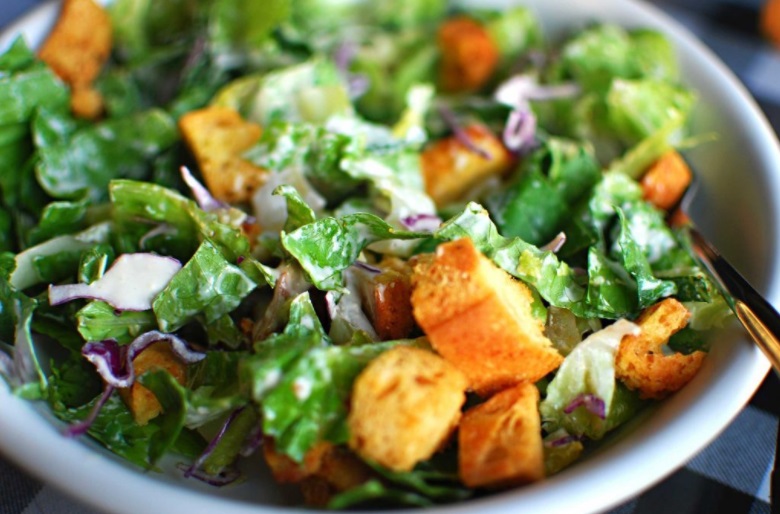Millions of people who have refused to get an experimental mRNA vaccine may soon be forced to consume the gene therapy in their food.
Researchers at the University of California have been given a $500,000 National Science Foundation grant to figure out how to put experimental mRNA Covid-19 vaccines into spinach, lettuce and other edible plants using technology.
The nanobiotechnology team is working hard to deliver the mRNA BioNTech technology into chloroplasts effectively. Chloroplasts are a integral part of plant life as they send out instructions to cells, telling them when it’s time to replicate and produce more vaccine material.
The researchers’ goals are to show that the genetically modified plants can produce enough mRNA to replace Covid vaccinations and infuse the plants with correct dosages required for ingestion to serve as vaccines.
According to Juan Pablo Giraldo, an associate professor in UCR’s Department of Botany and Plant Sciences who is heading the research, experimental mRNA vaccines will be edible. This was published in a press release published by the university on Sept. 16.
“Ideally, a single plant would produce enough mRNA to vaccinate a single person,” Giraldo said. “We are testing this approach with spinach and lettuce and have long-term goals of people growing it in their own gardens,”
“Farmers could also eventually grow entire fields of it,” he added.
Effectively delivering the genetic material to a plant’s chloroplast, small organs in plant cells that convert sunlight into energy the plant can use, is critical to rolling out the vaccinated food.
“[Chloroplasts are] tiny, solar-powered factories that produce sugar and other molecules which allow the plant to grow,” Giraldo said. “They’re also an untapped source for making desirable molecules.”
The production of genetically modified edible plants for public use is the result of a fantasy, according to the associate professor.
“One of the reasons I started working in nanotechnology was so I could apply it to plants and create new technology solutions. Not just for food, but for high-value products as well, like pharmaceuticals,” he said.
Giraldo recruited Nicole Steinmetz, a UC San Diego professor of nanoengineering, to help send genetic material inside of a protective casing into plant cells–something that has never been done before. Steinmetz is collaborating with Giraldo’s group on utilizing nanotechnologies to introduce the mRNA vaccination into a plant’s chloroplast.
“Our idea is to repurpose naturally occurring nanoparticles, namely plant viruses, for gene delivery to plants,” Steinmetz said. “Some engineering goes into this to make the nanoparticles go to the chloroplasts and also to render them non-infectious toward the plants.”
The National Science Foundation supplied Giraldo and his colleagues $1.6 million to develop “targeted nitrogen delivery,” a method that uses nanomaterials to deliver nitrogen, a fertilizer, directly to the chloroplasts.
Meanwhile, more people are being killed by the COVID-19 “vaccine” than any other vaccine in history. According to the CDC’s Vaccine Adverse Event Reporting System, 18,409 persons died as a result of vaccination in 2021, whereas just 420 people died as a consequence of vaccination prior to 2020 owing to Covid inoculation laws.


